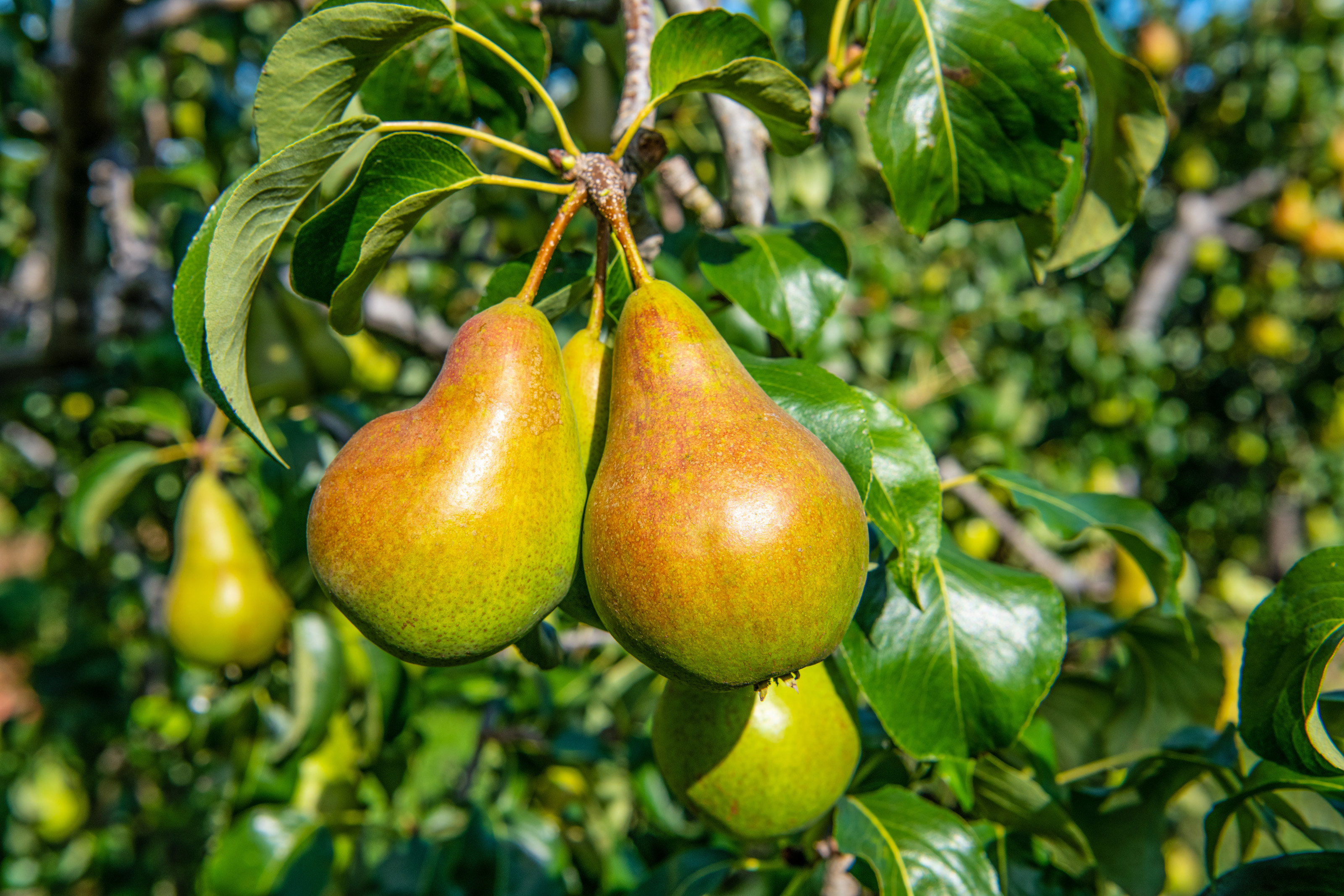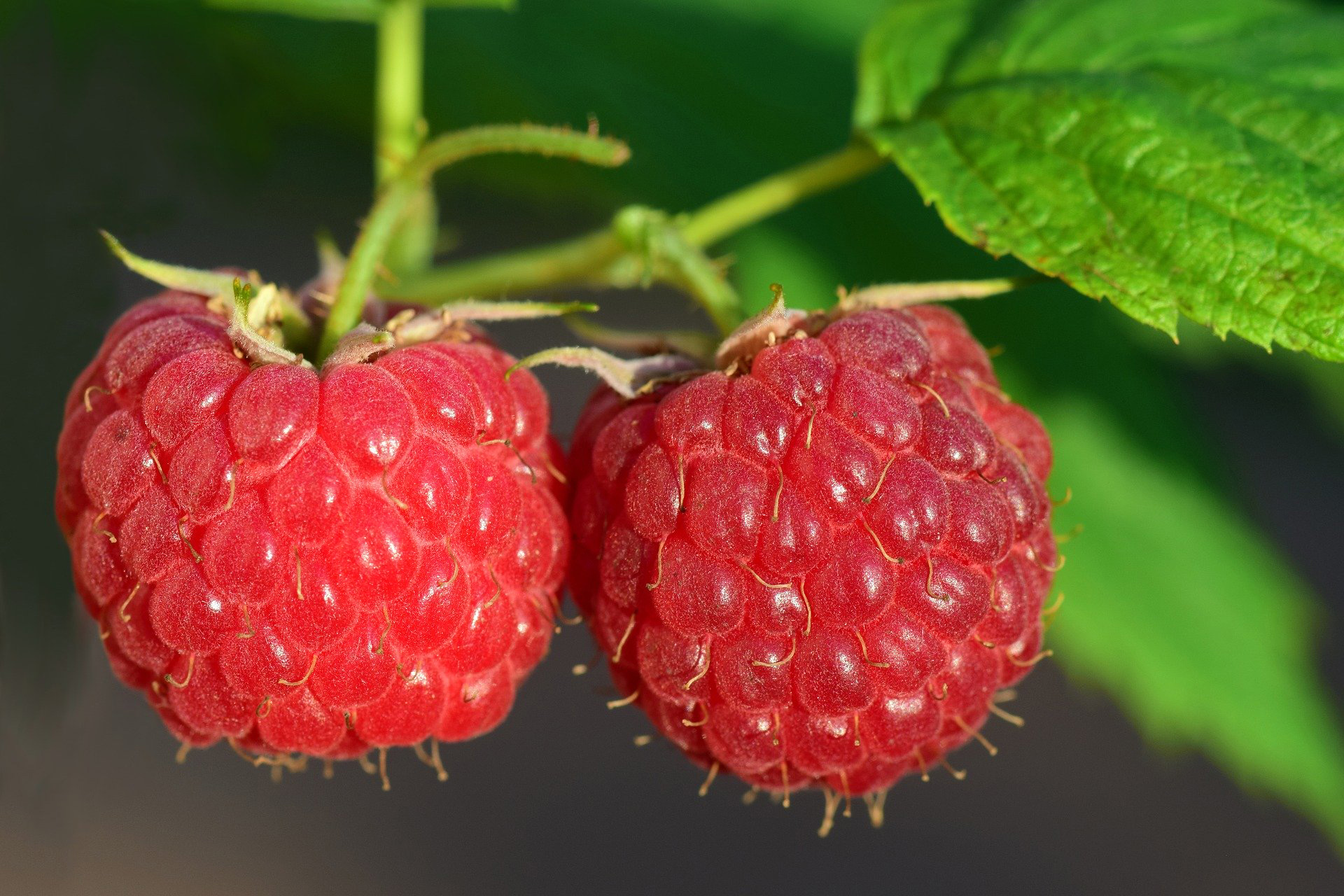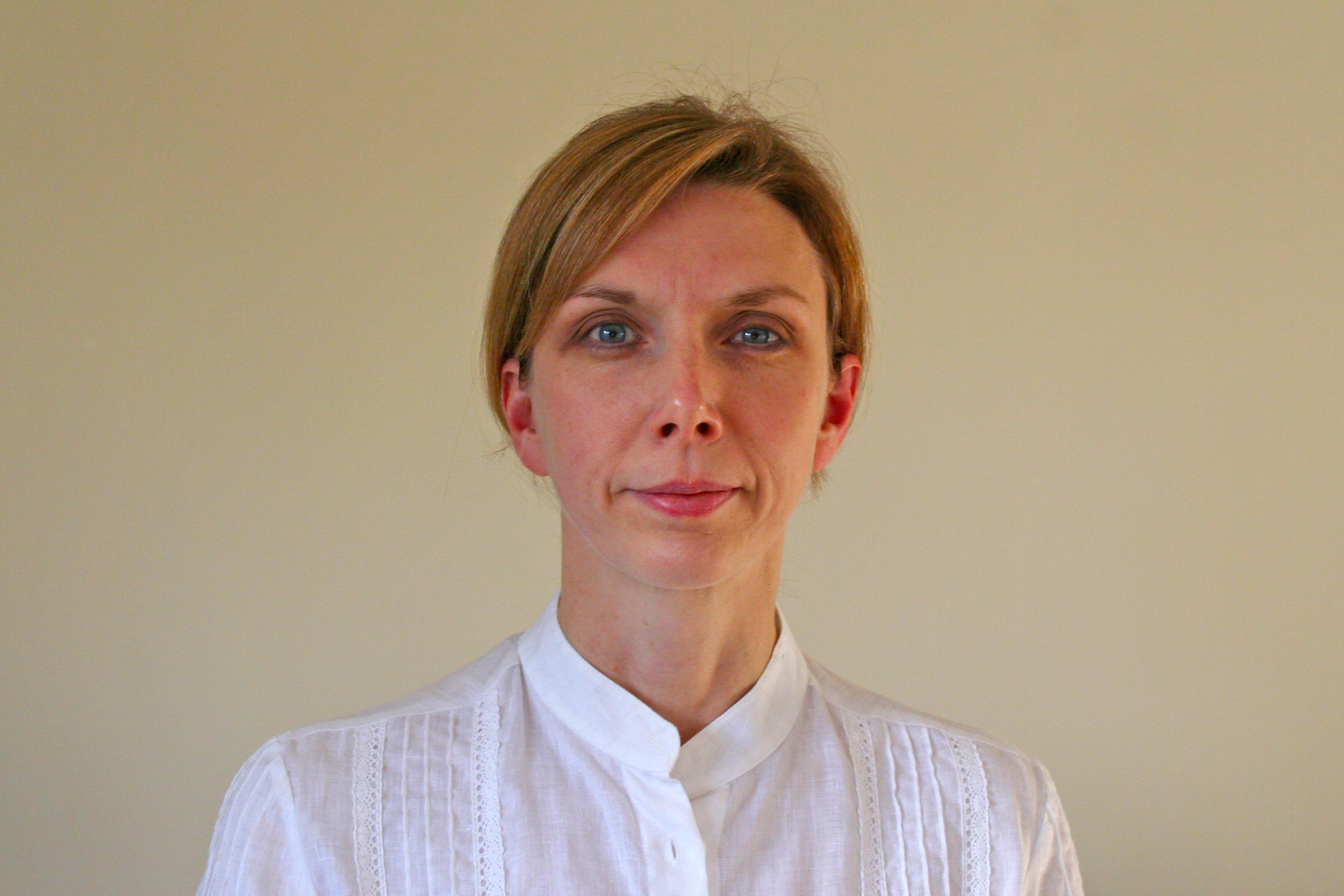Monty Don reveals the one thing you need to do to get great fruit from your trees
TV gardening expert Monty Don shares the secret of getting the best fruit from your garden. Take note...


Fruit trees can be a wonderful part of a garden. They’ll create interest, add height, and support garden wildlife – and all on top of providing you with delicious, vitamin-packed produce for simply eating or for cooking.
But while you might think you have little influence when it comes to the quality of the fruit you can harvest from your trees, our favorite gardener and broadcaster Monty Don has revealed that this isn’t the case. He’s shared the secret of getting the very best fruit from apple and pear trees.
Can’t wait to find out Monty’s secret? Just scroll down to find out what you need to do. And if you haven’t started growing your own sweet treats yet, check out our best fruit trees to grow in pots for some top tips on growing fruit in containers.
Monty Don’s top tips on getting the best fruit from your garden

Monty Don revealed the secret of getting the best fruit from your garden on his website. We’re sharing his advice below along with some of our own.
1. Monty’s clever trick takes advantage of a process apple and pear trees go through naturally. Monty explains that the so-called June drop is when they deposit hundreds of small fruits on the ground.
If you’ve never experienced this before, as Monty says, you’re likely to think something has gone wrong. However, he reassures us all that the process is normal.
2. Why should a tree drop its fruit? Monty explains that the tree reduces the quantity of fruit in order to be able to ripen what’s left on its branches.

3. Monty’s tactic for getting the best fruit means taking action before the tree does. You need to get in first, he explains, because a tree isn’t choosy about what it lets go.
If you do the job for the tree, you can be selective, Monty advises, and remove the smallest fruit. You should prioritize quality above quantity when it comes to the fruit you’ll be eating rather than juicing, he explains.
4. The method to follow, says Monty, is to reduce each cluster of fruit on a spur to two fruits. These should not be touching each other, he advises.
The result is that what’s left can grow better and ripen better, too. Added benefit? There’s less risk of branch damage later in the year as there will be a lesser weight of fruit on them, Monty explains.

5. Plum trees can also benefit from thinning of their fruits at this time of year in order to get a good crop of well-sized and healthy plums. Do the same with peaches, apricots and nectarines.
6. Growing fruits like raspberries, redcurrants and gooseberries as well? Whether you're growing fruit in pots or in the ground, now’s the moment to protect your crop from birds by covering it with nets or fleece. There's more tips on how to grow raspberries in our guide.
7. If you grow dessert grapes, these should also be thinned out for bigger and sweeter fruit and to avoid fungal problems.
Get yourself some special vine scissors and thin individual bunches to half their size or less to do the job. As with apples and pears, don’t leave fruit touching.

Sarah is a freelance journalist and editor writing for websites, national newspapers, and magazines. She’s spent most of her journalistic career specialising in homes and gardens and loves investigating the benefits, costs and practicalities of home improvement. It's no big surprise that she likes to put what she writes about into practice, and is a serial house revamper.
